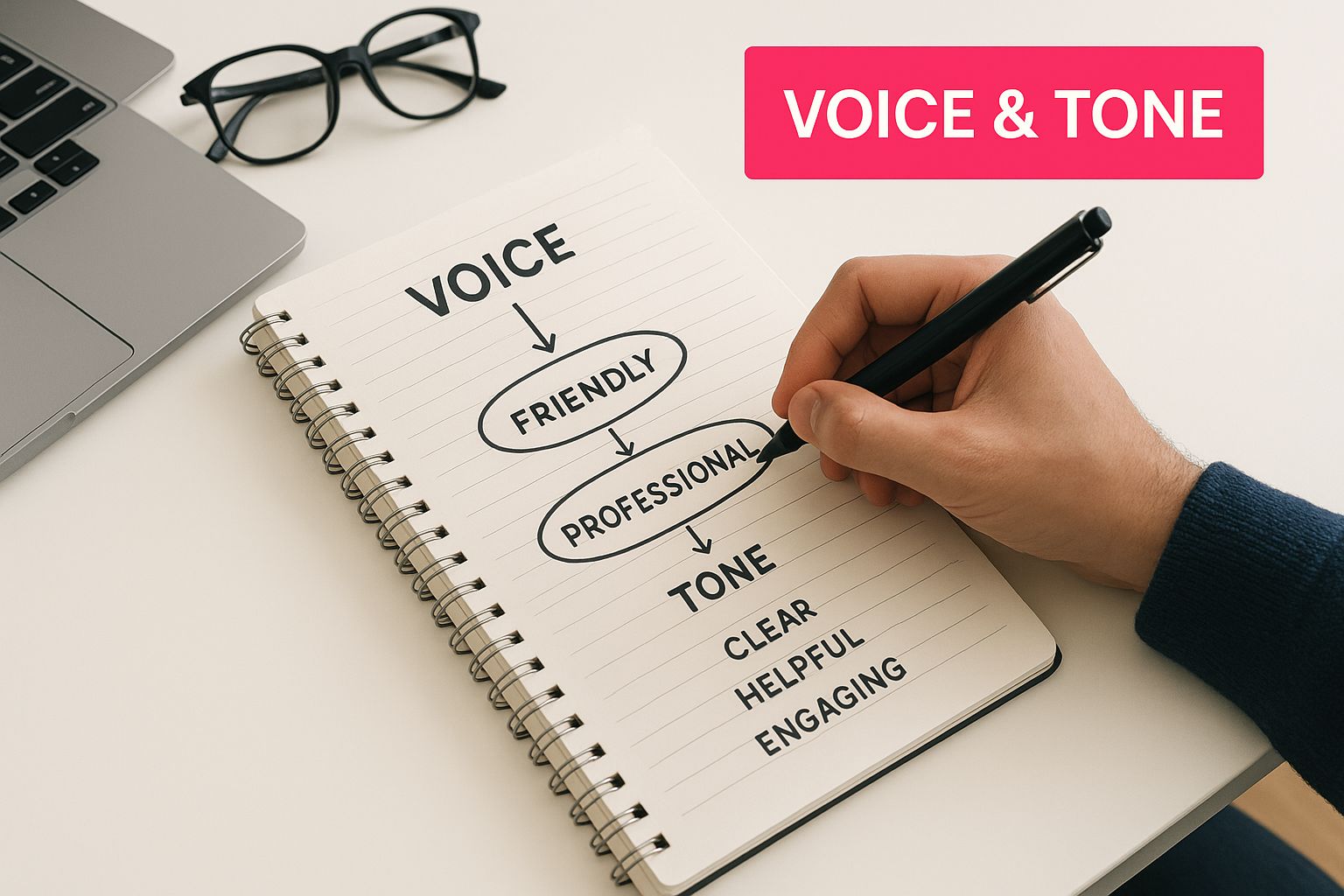Think of your brand messaging strategy as the DNA of your brand's communication. It’s the foundational plan that dictates how your brand consistently talks about itself—its personality, what it stands for, and its core purpose. This ensures every piece of communication, from a quick tweet to an in-depth customer support call, feels connected and instantly recognizable. It's essentially the playbook for your brand's voice.
What Is a Brand Messaging Strategy?
Let's try an analogy. If your brand were a person, your messaging strategy would define how they speak, the stories they share, and the promises they keep. It's a deliberate system built to make sure your brand sounds like itself no matter where people encounter it. We're not just talking about a clever tagline here. This is about shaping a communication style that’s predictable, reliable, and trustworthy, one that truly clicks with the people you want to reach.
A solid strategy becomes the North Star for all your content creation. It gives your marketing team, your sales reps, and even your product developers a unified language to talk about the company. That kind of consistency is what elevates a business into a brand people remember. When the messaging is on point, customers know what they’re getting, which builds confidence and, ultimately, loyalty.
Why It Matters More Than Ever
In today's crowded market, what you say and, just as importantly, how you say it can be your biggest advantage. A clearly defined brand messaging strategy is your tool for cutting through the endless noise.
Here’s how it helps:
- Builds Recognition: When your messaging is consistent, your brand becomes instantly familiar, whether someone sees it on Instagram, a billboard, or a product package.
- Creates Clarity: It hammers home your unique value, making sure people understand what makes you different and why it matters.
- Fosters Trust: Customers learn to trust you when your words consistently match your actions.
Without this strategic foundation, your communication can feel disjointed and confusing. Imagine a TV ad that's bold and edgy, but your website copy is buttoned-up and corporate. That kind of disconnect erodes credibility and dilutes your brand's power. For any company thinking about a major pivot, mastering the essentials of rebranding a business is the crucial starting point for this very reason.
A great brand messaging strategy doesn’t just tell people what you do; it makes them feel something about why you do it. It connects your purpose to their needs.
At the end of the day, your messaging strategy is the bedrock for building real relationships. It ensures every single word you put out there is working toward the same objective: creating a clear, compelling, and consistent identity that your audience will connect with and remember.
The Pillars of a Powerful Messaging Framework
A strong brand messaging strategy isn’t just a happy accident; it’s built on a solid foundation. I like to think of this foundation as having four essential pillars that hold up every single thing your brand says and does. When you get these right, you have a reliable blueprint for creating communication that’s clear, consistent, and genuinely compelling.
These pillars don't work in isolation. They team up to form a complete messaging framework, making sure what you say feels both authentic to you and effective for your audience.
Let's break them down one by one.
Brand Voice and Tone
First up is your Brand Voice. This is the core personality of your brand, and it needs to stay consistent, always. Is your brand an authoritative expert? A witty, relatable friend? A sophisticated mentor? Whatever you decide, that voice is who you are at all times.
Tone, on the other hand, is the emotional inflection you layer on top of that voice depending on the situation. Your personality doesn't change, but your mood does, right? You might use an enthusiastic tone on social media to announce a new product, but you'd shift to a supportive and empathetic tone when replying to a customer complaint.
Voice is your personality; Tone is your mood. One is constant, the other is situational. Mastering both is the secret to relatable communication.
To see this in action, it’s worth checking out these powerful brand voice examples to see how top-tier companies nail this balance.
The sketch below shows how this thinking is often central from the very beginning of the creative process.

As you can see, voice and tone aren't just an afterthought. They are foundational concepts that shape how a brand's entire communication style is built.
Value Propositions and Core Messages
Next, we need to talk about Value Propositions. Think of these as clear, simple promises of the unique value you bring to your customers. A great value proposition directly answers your customer's biggest question: "What's in it for me?" It needs to spell out, without a doubt, the benefits of choosing you over anyone else.
For example, a value proposition isn't just a list of features. It has to translate those features into real-world outcomes for the customer, like "save an hour every day," "cut operational costs," or "finally get some peace of mind." Looking at strong https://grassrootscreativeagency.com/brand-positioning-examples/ can really help you understand how to articulate this value.
Finally, we arrive at your Core Messages. These are the key themes and ideas you want to hit home again and again, across every channel. If your value proposition is the main promise, your core messages are the supporting arguments that prove it.
Think of them as your go-to talking points. These messages must be:
- Memorable: Simple enough for your audience to recall and connect back to you.
- Relevant: Tied directly to your audience's struggles and aspirations.
- Differentiating: Focused on what truly sets your brand apart from the noise.
By defining these four pillars—Voice, Tone, Value Propositions, and Core Messages—you create a messaging strategy that can stand the test of time. This framework becomes your North Star, ensuring every piece of content works to build a stronger, more unforgettable brand.
Connecting Your Message with the Right Audience
A powerful brand message isn't a monologue; it's the start of a great conversation. But for that conversation to actually go somewhere, you have to know exactly who you're talking to. The best messaging isn't just broadcast into the void. It’s carefully aimed at a specific group of people, designed to connect with their world in a meaningful way. This means going way beyond generic stereotypes and getting to the heart of what makes them tick.
The real goal is to stop talking at your audience and start speaking with them. This shift from broadcasting to engaging starts with a genuine curiosity about their lives. What are their biggest headaches? What do they truly value? What cultural moments are shaping their views? Answering these questions is the first step toward crafting a message that feels real and earns their attention.
This is especially critical in dynamic markets. For instance, marketing strategies across the MENA region are evolving as brands finally realize that true engagement trumps outdated assumptions. Audiences there, shaped by vibrant public conversations and cultural debates, expect brands to speak to them with genuine understanding. This new reality is reflected in a growing investment in data-driven audience insights. You can discover more about how data and context are reshaping marketing in the MENA region on lucidya.com.
Building Actionable Customer Personas
To make all this audience understanding tangible, you need to create detailed customer personas. Forget those one-dimensional profiles with a few demographic bullet points. A truly useful persona is a rich, narrative-driven portrait of your ideal customer that captures their real-world behaviors and pain points.
Think of it like developing a character for a story. Give your persona a name, goals, motivations, and frustrations. The more detailed and realistic you can make it, the easier it will be for your entire team—from marketing to sales to product development—to step into their shoes and communicate effectively.
A well-crafted customer persona is the bridge between your brand's message and your audience's reality. It turns abstract data into a human story you can connect with.
To build these personas, you need to gather insights from a few different places. The key is to stop guessing and start using real data to inform your creations.
Here’s where to look:
- Conduct Surveys and Interviews: Go straight to the source. Talk to your existing customers about their experiences, challenges, and goals.
- Analyze Behavioral Data: Use your website and social media analytics to see how people actually interact with your brand, not just how they say they do.
- Practice Social Listening: Tune into conversations happening on social media. This is a goldmine for understanding the language your audience uses and the topics they genuinely care about.
By weaving together these qualitative and quantitative insights, you can develop personas that are much more than a simple marketing exercise. They become an essential tool in your brand messaging toolkit, guiding every decision you make about what to say and how to say it. This ensures your message not only reaches the right people but hits home, building the foundation for real, lasting brand loyalty.
Adapting Your Message for Digital Channels
A great brand messaging strategy isn’t something you set in stone. It has to be flexible and ready to move with the times. While your core message—the very soul of your brand—should never waver, how you deliver that message needs to change depending on where you are.
Think of it this way: a talented musician can play the same song on a piano, a guitar, and a violin. The melody is instantly recognizable, but the performance is perfectly suited to each instrument's unique sound. That’s exactly how you should treat your brand message across different digital channels.

This kind of adaptability is non-negotiable, especially now. The digital advertising market, particularly in the MENA region and the UAE, is seeing explosive growth. Projections show it rocketing from US$6.64 billion in 2023 to a staggering US$44.83 billion by 2032.
What's fueling this? Massive mobile adoption. By 2025, video ads are expected to make up 51% of all digital ad spending. The takeaway is clear: your messaging strategy has to be built for mobile phones and lead with video if you want to connect with today's audience.
Tailoring Your Message by Platform
Every social media platform has its own culture, its own language, and its own set of unwritten rules. Trying to post the same exact content everywhere is a recipe for failure. It just doesn’t work.
The real skill is learning to translate your core value proposition into the native format of each channel while keeping your brand’s voice consistent. Let's see how that might look for a single message:
-
LinkedIn: This is your professional stage. You’d focus on industry insights and data. A post might break down a market trend with a sharp, data-driven article, showing off your expertise and how your brand offers a smart solution.
-
Instagram: It’s all about the visuals. Here, you could use a polished, high-quality Reel to show your product in action or share behind-the-scenes moments through engaging Stories to give a peek into your company culture.
-
TikTok: Time to be authentic and entertaining. You could create a short, snappy video using a trending sound to highlight a key customer benefit in a way that feels fun and genuinely relatable.
It's crucial to grasp the nuances of each platform, like the key differences between TikTok and Instagram, to make your content truly effective.
The goal isn’t to have a split personality. It’s to show different facets of the same personality. Your brand should feel like the same character, whether they're sharing a professional whitepaper or a funny, behind-the-scenes clip.
This consistency ensures your brand is immediately recognizable, no matter where people find you. For startups, getting this right from the beginning is a game-changer. Our guide on https://grassrootscreativeagency.com/social-media-marketing-for-startups/ offers more advice on building your presence from scratch.
By thoughtfully adapting your content, you create a powerful, unified brand experience that builds real trust and keeps your audience engaged on every platform.
Using Cultural Moments in Your Messaging
Tuning your brand's voice to the rhythm of major cultural events or seasons is a smart way to build a much stronger, more authentic bond with your audience. A great messaging strategy doesn't just talk at people; it joins the conversation. It taps into the shared experiences that are genuinely important to them, whether that's a reflective time like Ramadan or a big national celebration.
But there's a huge catch. You have to be authentic and truly respectful of the culture. It's incredibly easy for people to see right through a brand that's just trying to jump on a bandwagon for a quick sale, versus one that actually gets it. The real aim isn't just to move product; it's to build a sense of connection that lasts long after the event is over.
Aligning with Audience Values
Getting this right means your messaging needs to capture the actual spirit of the occasion. Pushing a hard-sell message during a sensitive or celebratory time can come off as completely tone-deaf and even disrespectful.
Instead, shift your focus to storytelling that strikes an emotional chord. Use this as a chance to highlight your brand's core values in a way that feels natural and relevant. For instance, a brand might pivot from talking about product specs to exploring themes of community, generosity, or family. This proves you understand what’s on your audience's mind, creating a connection that goes far beyond a simple purchase. It shows you're part of their world, not just an outsider looking in.
During key cultural periods like Ramadan, you can see a massive shift in consumer behavior across the UAE and the broader MENA region, which directly impacts how brands should communicate. Recent data reveals that brand discovery spikes on digital channels, with social media and online video becoming the go-to places for people to engage. To really connect, brands need to lean into digital-first strategies that honor the values of this time, as consumers overwhelmingly prefer ads that feel genuine and emotionally resonant. You can explore more of these advertising trends in the Middle East and North Africa on statista.com.
The most successful cultural messaging doesn’t shout about promotions. It whispers about shared values, creating a bond built on mutual understanding and respect.
At the end of the day, participating in cultural moments is a long game. When you approach it with care and thought, you transform your brand from a faceless company into something relatable—something people feel good about supporting. This is how you build a brand that people don't just buy from, but truly believe in.
Common Questions About Brand Messaging

As you start digging into your brand messaging strategy, it's totally normal for questions to bubble up. This side of branding can feel a bit complex at first glance, but once you break it down, the core ideas are pretty straightforward. Getting these common points straight will give you the confidence you need to build and roll out your messaging effectively.
Let's cut through the noise and give you some direct, simple answers to the questions we hear most often. We'll clear up key distinctions, share practical advice, and make sure you have what you need to build a message that truly connects.
How Often Should I Revisit My Brand Messaging Strategy?
Think of your brand messaging as a living document, not something carved in stone. Your core identity—the very soul of your brand—should stay stable to build recognition. But how you express that identity has to evolve to stay relevant.
A full, top-to-bottom review every year or so is a smart move. It's also non-negotiable after any major business pivot. Think big moments like launching a flagship product, expanding into a new market, or going through a complete rebrand. These events change the entire game, and your messaging has to change with it.
But you don't need to wait for a seismic shift to make adjustments. The best brands are constantly making small tweaks to their tone and talking points. This keeps your communication in lockstep with marketing campaigns, responsive to cultural moments, and feeling fresh for your audience.
What Is the Difference Between Brand Voice and Tone?
This is easily one of the most common points of confusion, but the distinction is actually quite simple—and powerful.
Here’s an easy way to remember it: your voice is your personality, and your tone is your mood.
Your brand voice is the fixed, consistent core of who your brand is. It's unchanging. Maybe your brand has a quirky, humorous voice. Or perhaps it's more sophisticated and authoritative. That personality should shine through in everything you do, from a website headline to a customer support email. It’s your brand’s fundamental character.
Your tone, on the other hand, is adaptive. It’s the emotional inflection you apply to your voice to fit a specific situation or context. A brand with a quirky voice would naturally use an excited, high-energy tone for a new product launch. But if that same brand has to address a customer complaint, it would wisely switch to a serious, empathetic, and supportive tone. The core personality doesn't change, just the emotional expression.
Can a Small Business Have a Brand Messaging Strategy?
Absolutely. In fact, for a small business, a strong brand messaging strategy isn't a "nice-to-have"—it's one of your most critical assets. When you're up against bigger, more established players, a clear and consistent message is how you cut through the noise and carve out a memorable identity.
It makes sure every single customer interaction is working in harmony to build your brand.
- Website Copy: Clearly states what makes you different and valuable.
- Social Media Replies: Reinforces your brand's unique personality.
- Email Newsletters: Builds a genuine relationship with a consistent voice.
This consistency is what builds the trust and loyalty you need to grow. You don't need a massive marketing budget to create a powerful message. All it takes is a clear vision of your purpose, your audience, and what makes you special.
For a small business, consistent messaging is the great equalizer. It allows you to build a powerful brand presence that can compete with companies of any size.
How Do I Get My Whole Team Aligned on Messaging?
Getting your entire team to speak with one voice is crucial, and it definitely won't happen by accident. The single most effective tool for this is a central Brand Messaging Guideline document. This needs to become the one source of truth for everyone in the company.
This guide must be clear, practical, and easy to use. It should spell out your brand’s voice, approved tones for different scenarios, core value propositions, and key talking points. A "say this, not that" section filled with real-world examples can be incredibly helpful for day-to-day work.
Once the guide is ready, hold a training session with your team. Pay special attention to anyone in customer-facing roles like marketing, sales, or customer service. Most importantly, make the guide impossible to miss—put it on a shared drive, the company wiki, or an internal portal where no one ever has to hunt for it. Periodically check in on work from different departments to make sure everyone stays on track and your brand speaks with one, powerful voice.








